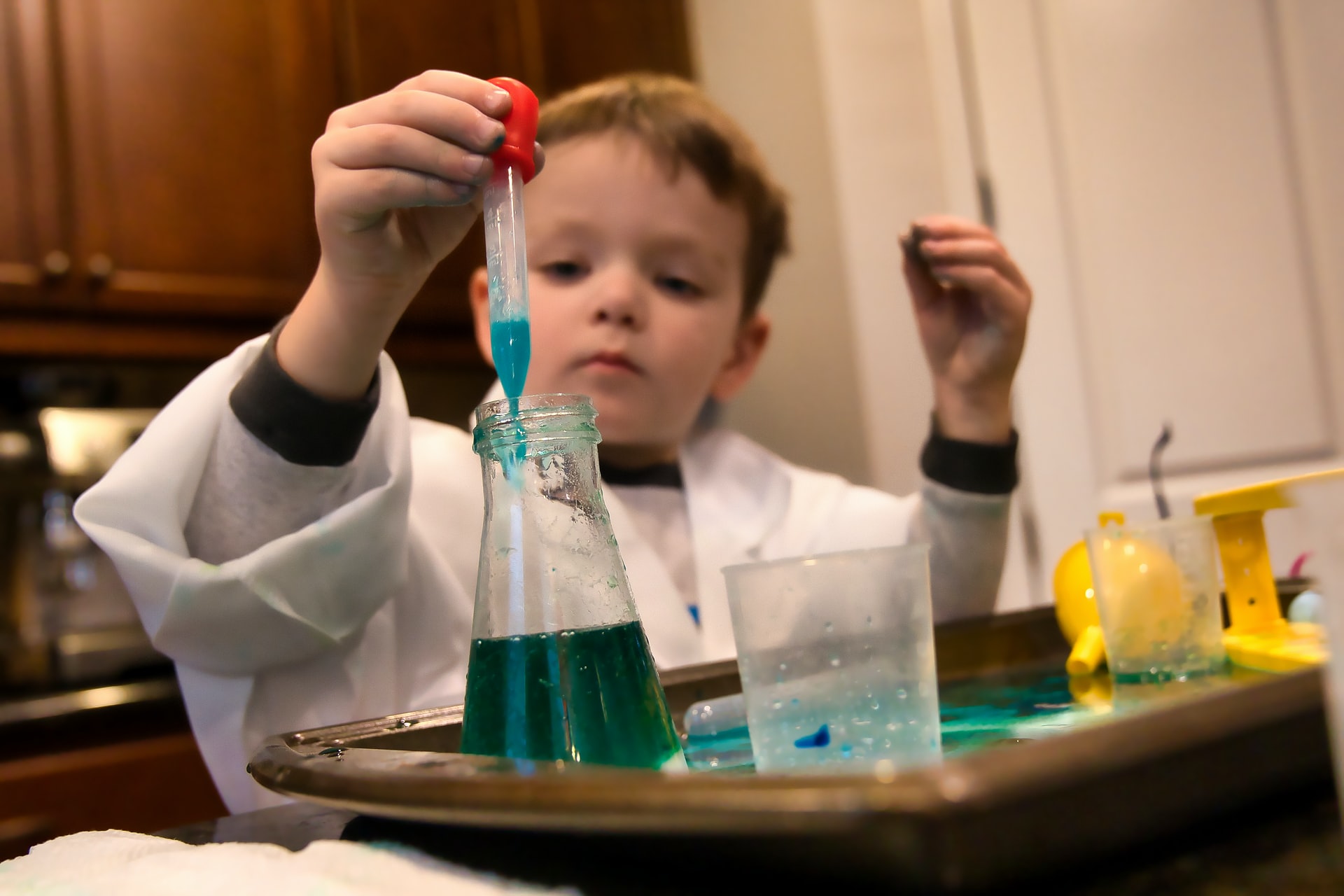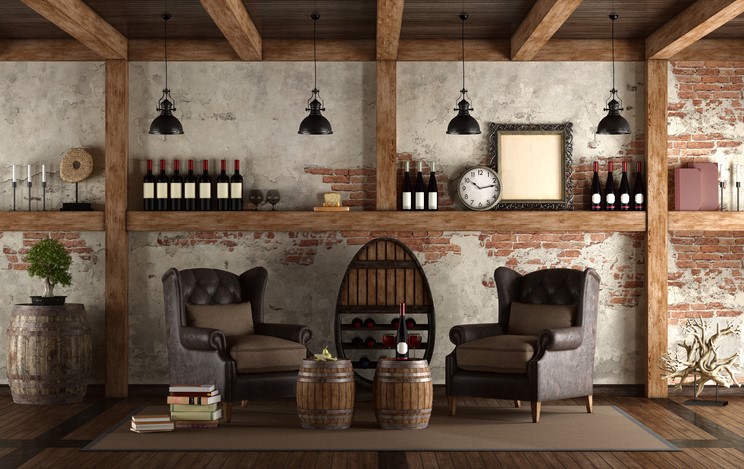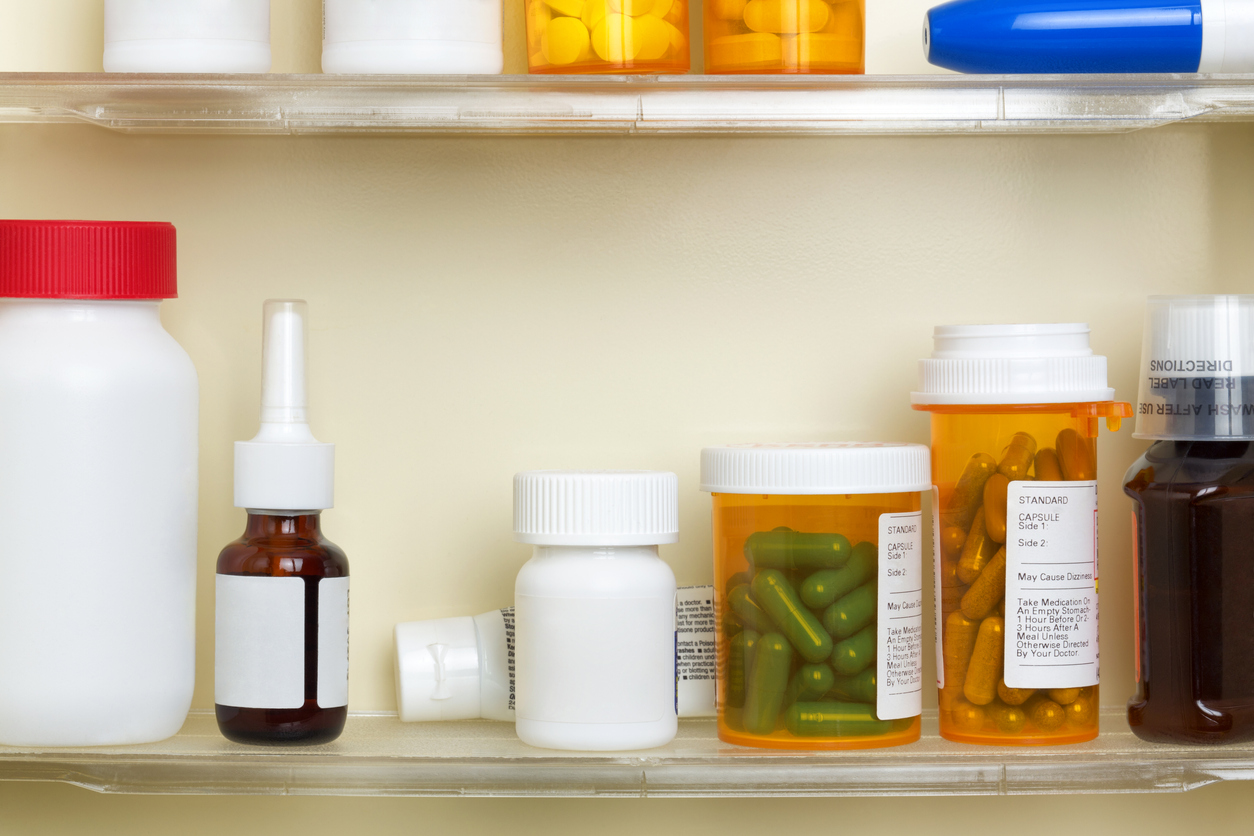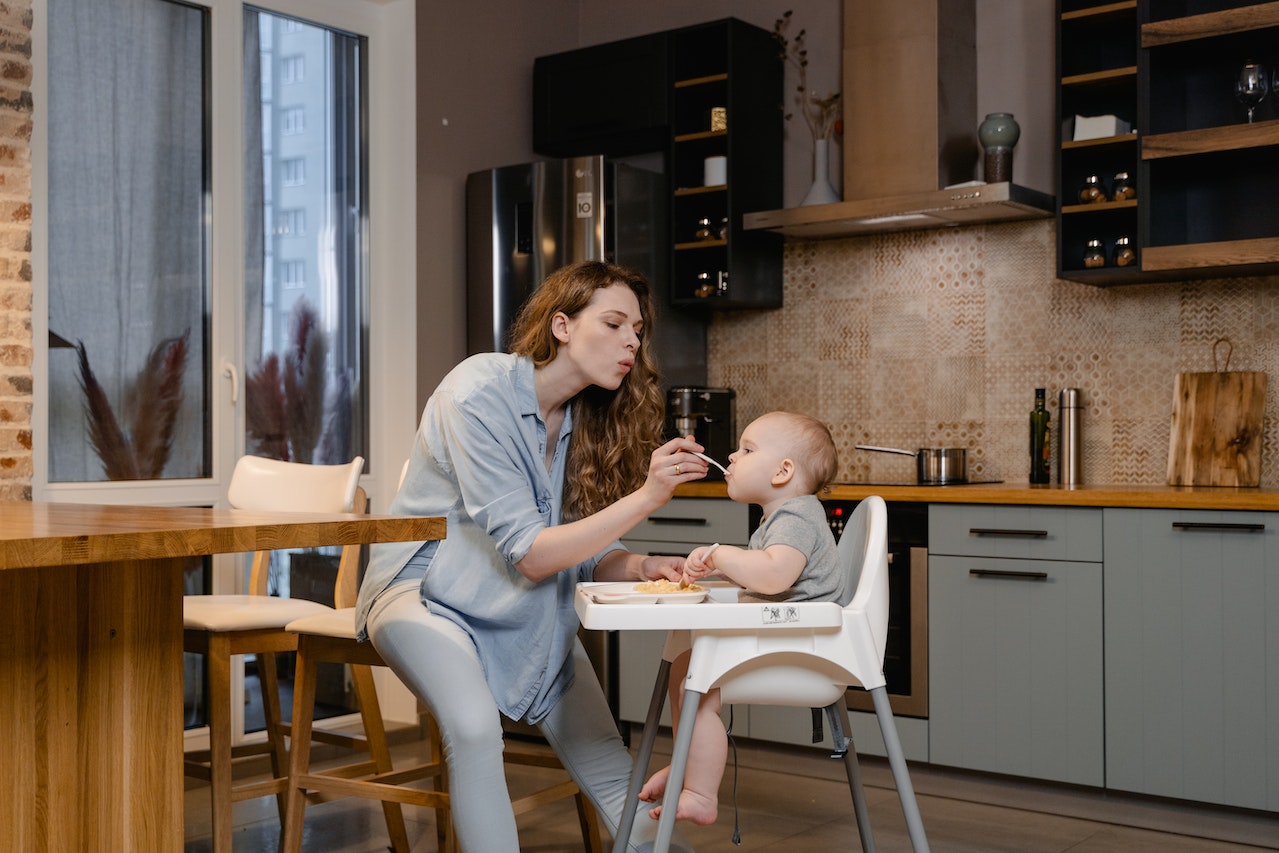Humanity has always been fascinated by the natural world and how it works. Science has been a form of study for centuries, but it wasn’t until the 17th century that modern science was born. During the Greek science era, around 2,600 B.C., humans discovered new ways to revolutionize scientific materials and theories. Over the coming centuries, famous scientists like John Dalton would make incredible discoveries like the atomic theory of matter. Today, science is a subject beloved by adults and kids alike.
If you’re interested in the sciences, studying this subject at home offers a wide range of benefits. Whether you want to learn more about the stars and planets or animals and fungi, this guide offers a few incredible science experiments you can try at home. It’s a great way to expand your mind and scientific horizons as you discover more about our fascinating world.
It’s also a fantastic way to get your kids excited and interested in STEM activities, which can increase their skills and improve their engagement.
Astronomy
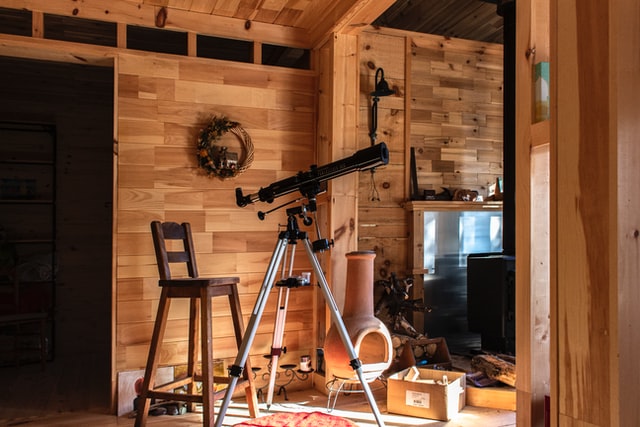
Astronomy is the study of everything in the universe that goes beyond the Earth’s atmosphere, including the sun, moon, stars, galaxies, and planets.
- History and cool facts: Ancient Greek philosophers were fascinated with the stars in the sky at night. Soon, early observers noticed that larger, brighter objects seemed to wander among the stars. These objects were given the name “planets,” which is the Greek word for “wanderers.” In later decades, scientists developed tools like the telescope to see outer space in more detail. Today, we know that our galaxy, the Milky Way, moves at an incredible rate of 872,405 miles per hour.
- What amateurs can discover from home: The home scientist can learn how to identify a variety of planets and constellations right from their own yard. Look for constellations, stars, and planets, then record the many different items you see.
- Tools necessary for astronomy: You can learn more about astronomy by purchasing your own telescope and gazing at the stars and planets on a dark night. Purchase a star chart and a planet guide to help you identify the many unique constellations and planets in our universe.
- Key concepts: The core concepts of astronomy include understanding how the Earth functions in our galaxy, the history of the constellations, and the many planets within our universe. Another key concept is gravity and its role here on earth and other planets.
Biology

Biology is the study of living organisms and their physiology, anatomy, origin, behavior, distribution, and environment. It takes a closer look at all living things, from humans and plants to cells and bacteria.
- Cool facts about biology: The word biology comes from the Ancient Greek word “bios,” which means life, and “logia,” which means to study. One of the most famous biologists is Charles Darwin, who studied the theory of evolution. The field of biology has many specialized subjects, including macro and microbiology, ecology and conservation, medicine, genetics, and more.
- Tools necessary for biology at home: A microscope is one of the key tools you’ll need to study biology at home. If you’re researching birds and animals, a pair of binoculars can also be helpful. Look for biology books based on your favorite subject to help you dive deeper into the field of your choice.
Human Biology
- Easy experiments to do at home: Use a microscope to examine baker’s yeast and see how cell division occurs. As you observe, you’ll notice how the yeast starts to separate and create individual “organisms” under the microscope. You can also check your own DNA at home. Add a small amount of your saliva to some water, then add a few drops of dish soap to break open the cells and nuclei walls. You can take your sample and observe it under a microscope to see the DNA in more detail.
- Key concepts: The fundamental concept of human biology is to study the body’s central systems, organs, cells, and DNA.
- For ages: This study of biology is excellent for all ages, and simple experiments at home can be a great learning tool for kids in middle to high school.
Botanic Biology
Easy experiments to do at home: Observe the fermentation process at home by using some yeast, warm water, and sugar. The sugar and water activate the yeast, and you can watch as the fermentation process begins to break down the yeast. Another fun experiment is to analyze the different cell structures of fruits and veggies. Place a variety of fruits and vegetables in different areas where they’re exposed to varying amounts of light and different temperatures. Record how each fruit or vegetable responds to its environment, demonstrating how these cells adapt and change.
- Key concepts: The main concepts of bionic biology include studying fruits, flowers, and plants. It also involves learning about chlorophyll and the cell walls of plants and the study of environments like forests and deserts.
- For ages: This is a fascinating subject that is suitable for elementary to high school-aged kids and adults.
Bacterial Biology
- Easy experiments to do at home: You can culture bacteria on agar, a substance from the cell walls of red algae found in petri dishes or agar plates. Make your own agar by mixing four cups of cold water with four envelopes of unflavored gelatin in a saucepan, then adding eight teaspoons of sugar and four beef bullion cubes. Bring it to a boil, then let it cool before pouring it into clean, empty petri dishes or aluminum cupcake holders. Use a cotton swab to gather bacteria from a faucet, doorknob, or other surface and apply it to your agar as you observe how the bacteria divide and multiply. Make a bioluminescent lamp by removing the ink from a bright yellow highlighter and putting it in a jar of water. Turn the lights off and shine a flashlight on it to watch the water glow.
- Key concepts: The study of bacterial biology involves learning how bacteria and cells form, grow, and multiply.
- For ages: Generally geared toward older kids and adults, there are also some easy experiments you can try at home for younger children, too. Teach them basic core principles like bioluminescence to demonstrate how bacteria and organisms emit light through a chemical reaction.
Physics

Physics is a branch of science that studies the properties of matter and energy and can include studying mechanics, electricity, magnetism, sound, and the structure of atoms.
- Cool facts about physics: Scientists who study physics are called physicists, and the most famous physicist is Albert Einstein. Sound creates heat when sound waves travel and are absorbed by different materials. Your smartphone doesn’t work when you touch it with certain materials like fabric since it lacks electrical charges, which is what the screen and buttons respond to.
- Tools necessary for physics at home: Purchase engineering kits, magnets, and batteries to start learning about physics. A quality physics book will contain more information about the specific items you’ll need to study this science at home.
Physics Experiment 1: Tornado in a Bottle
Make your own tornado by connecting two bottles with a tube and filling each bottle with water. Whirl the liquid in the top bottle and watch it create a vortex as it drains into the bottom bottle to see a mini tornado in action.
- Key concepts: This home experiment demonstrates how water flows down, and air flows up to create a swirling and spiraling tornado. Add some glitter or food coloring to make it easier to see.
- For ages: This simple experiment is an excellent fun activity for kids, including adults.
Physics Experiment 2: DIY Lava Lamp
Create a lava lamp by adding some oil and water together in a clear container, adding a few drops of food coloring, crumbling an Alka-Seltzer tablet into the mixture, and watching the different materials swirl around.
- Key concepts: This experiment shows how oil and water have different densities and polarities that, when mixed, cause the water to sink to the bottom. The Alka-Seltzer reacts with the water to cause the droplets to rise to the top, pop, and release air before sinking back down.
- For ages: This simple physics experiment is great for middle to high-school age groups.
Physics Experiment 3: Electric Balloons
Inflate a few balloons and tie the string around the knot. Tape them, so they just touch together when they’re hanging down. Rub each balloon on your shirt or hair, and then notice how they no longer touch each other, even when you push them together.
- Key concepts: This science experiment shows how electrons react to a positive and negative charge.
- For ages: This is a great experiment for kids and adults of all ages—just make sure an adult is present to ensure safety. If you have children of different ages you can give a younger child a fun activity on how to make balloon animals.
Geology
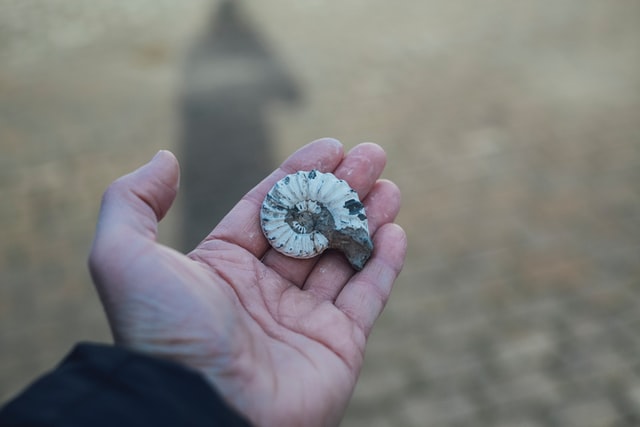
Geology is the study of the liquids and solids of the earth, including rocks and other formations, and how they change over time.
- Cool facts about geology: Eighteen volcanoes that could potentially erupt are located in the US in Hawaii, Alaska, and states on the West Coast. Emeralds, rubies, and sapphires are all rarer than diamonds. The study of geology also includes studying the ocean floor.
- Tools necessary for geology at home: The best way to study geology is to start by gathering rocks from your yard or garden. You’ll also want a scrubbing tool to remove dirt from the rocks, a small hammer to break them apart, and a guide on fossils, crystals, and stones.
Geology Experiment 1: How Soil Affects the pH of Water
Gather a few soil samples from different locations, and take notes about the color, texture, and where it’s gathered from. Put each sample in a separate test tube, add some water, then place a pH testing strip or pH meter into the tube. Use the strip or meter to read the soil’s pH level and then repeat by letting the soil/water mixture sit for several hours and days to see how and if it changes.
- Key concepts: This experiment shows how different soil from different environments can have varying pH levels. Determine if things like fertilizer or organic matter affect soil pH levels.
- Discoveries you can make: You can learn more about how soil differs depending on its environment and location. Measure pH to uncover if exposure to water over time changes it. This is a good experiment for older kids and adults.
Geology Experiment 2: Start a Rock Collection
Rock collecting is a great way to discover geology. Look for rocks of all colors, shapes, and sizes from your yard, a local park, and anywhere else you go. Collect your rocks and then look up their names and discover how they’re formed.
- Key concepts: This simple geology experiment demonstrates just how many stones and crystals are on earth and gives you a chance to discover how they got here and how they were created based on the environment they are in.
- Discoveries you can make: As your rock collection grows, you’ll discover more and more types of rocks and crystals. You can also do this with seashells and collect different ones, sorting them by type. Anyone from any age group can take part in this experiment.
Geology Experiment 3: Make Your Own Fossils
Mix two cups flour, one cup salt, and ¾ cup water to form a dough. Press various objects into small balls of dough to form an imprint. You can use small toys, rocks, or anything else you like, then bake the “fossil” in the oven at 200 degrees until they’re dry.
- Key concepts: This fun, simple experiment demonstrates how fossils were formed millions of years ago.
- Discoveries you can make: Geared toward younger kids, they can discover how scientists learned more about the dinosaurs and the basics of fossil formation.
Chemistry

Chemistry is a branch of science that identifies the substances that make up different types of matter and investigates the properties and how they combine, interact, and change. It also involves using these processes to form new substances.
- Cool facts about chemistry: Water is one of the only substances that expands when it freezes. The only letter that isn’t on the periodic table is the letter J. Mars is red because it contains a lot of iron oxide, also known as rust.
- Tools necessary for chemistry at home: To experiment with chemistry at home, you’ll need some test tubes, beakers, a microscope, droppers, and a petri dish. Depending on the experiments you try at home, you’ll also need a variety of chemicals. Other items include litmus paper, a periodic table chart, and a Bunsen burner.
Chemistry Experiment 1: Lollipop Fountain
Open a large bottle of soda outside, and then drop a lollipop into the bottle through a paper tube. Place your finger over the tube until all of the candy is fully submerged, then remove your finger and move away as you watch the soda begin to bubble and shoot out of the top.
- Key concepts: This fun experiment shows how carbon dioxide expands when under pressure and how many gas bubbles can quickly form when they cover a lot of surface area (i.e., the lollipop).
- For ages: Kids of any age can try this experiment, but it’s recommended that you do it under adult supervision and wear safety glasses to protect your eyes.
Chemistry Experiment 2: Rubber Eggs
Put two hard-boiled eggs in a dish filled with vinegar. Bubbles will form on the egg—leave the eggs undisturbed for at least a full day. You will notice a layer of scum starting to form on the egg. Remove the eggs from the vinegar and rinse them with water until the shell comes off, then poke the egg with your finger to notice how it has a rubbery feel.
- Key concepts: Vinegar is acidic, which eats the egg’s calcium carbonate shell, leaving only the inner membrane behind. Since calcium carbonate is what makes eggshells hard, the soaked eggs will now feel soft and rubbery to the touch.
- For ages: This is a simple, easy experiment for young kids to teenagers and adults.
Chemistry Experiment 3: Homemade Crystals
Pour one-half cup of warm water into a container with a spoonful of sugar, stir till dissolved, and keep adding more until it’s completely dissolved in the vinegar. Repeat this step, but now add salt or baking soda in two more separate containers. Label each container to mark whether it contains sugar, salt, or baking soda. Use a dropper to take a few drops of each mixture and put them into another clean cup, then place each cup into a warm, sunny place and let the vinegar evaporate. You should notice crystals that have started to form.
- Key concepts: When solids are dissolved into water, it becomes saturated. Once the mixture cools to room temperature, there is more solution than would generally be there, causing it to become “supersaturated.” Crystallization forms and can vary depending on the chemical solution you made, the temperature, and pressure.
- For ages: This experiment is geared toward middle to high-school-aged kids and can also be fun for adults to try.
The benefits of science are many, and you can discover all about the galaxy and our planet through these science experiments. Whether biology, geology, or physics, try a few different experiments to uncover something new. When you learn science at home, you’re opening up your mind to a whole new world of exciting possibilities.
